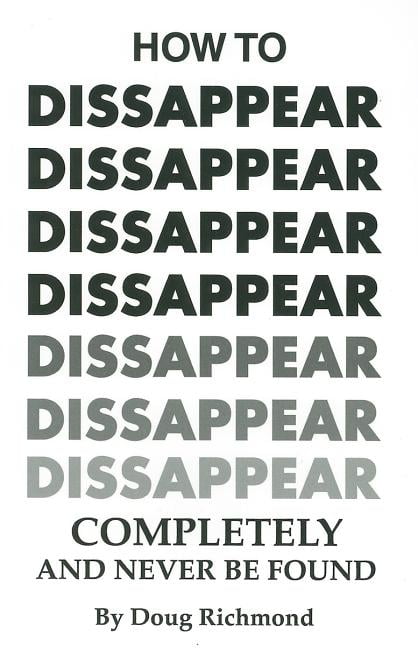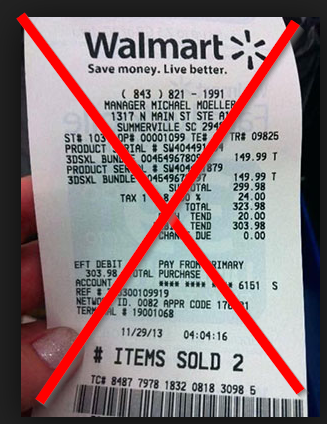

Iterations of that sort asserted companies deliberately sought out to ensure that no receipts past a certain point could be used, presumably rendered void when the ink "disappeared" by design: Others were more specific, claiming very clear timeframes-30 to 45 days-and practices governed the legibility of receipt ink. You require receipts? Then print legible receipts. Then, you tried to give me a hard time because your computers couldn't read the receipts, therefore making my duplicates off the registry unreturnable (but improper registry maintenance is a whole other issue.) I am totally on board with that.īUT, could you please then stop using disappearing ink on your receipts? I just had my baby shower, and EVERY SINGLE gift receipt from your store was so faded, it was barely legible. I know that fraudulent returns cut into your profit margin, so you feel the need to tighten up your return policies. I know you are in business to make money.

Some rumors were more broad, involving anecdotal concerns about "disappearing ink" receipts, addressing retailers: The holiday shopping season often spurs rumors that retailers use "disappearing ink" on receipts, making it difficult for consumers to use paid-for warranties or return unserviceable merchandise. Retailers' reasons for using this form of printing are widely understood, and secondary verification measures can be used as effective "receipts."


 0 kommentar(er)
0 kommentar(er)
